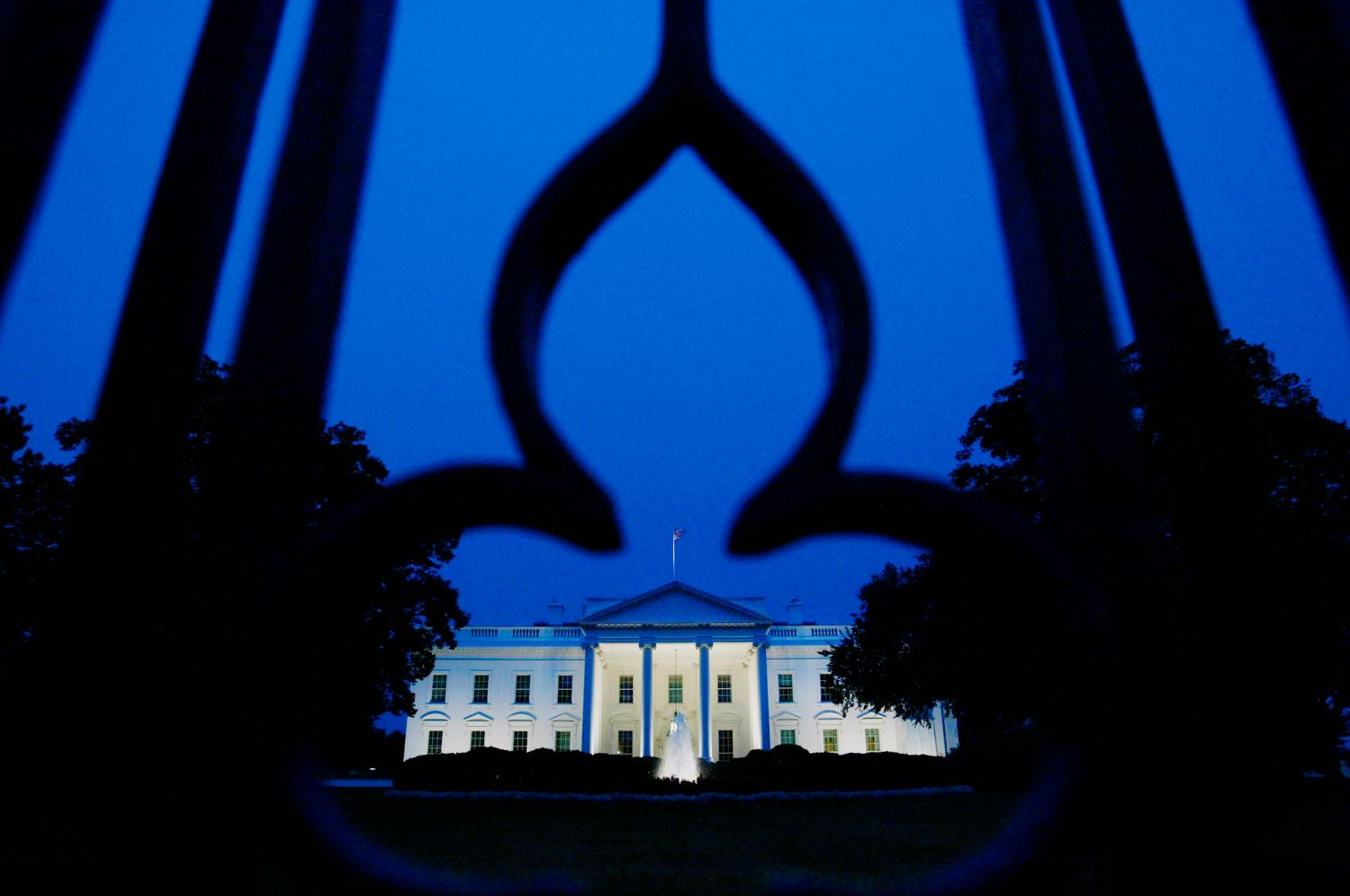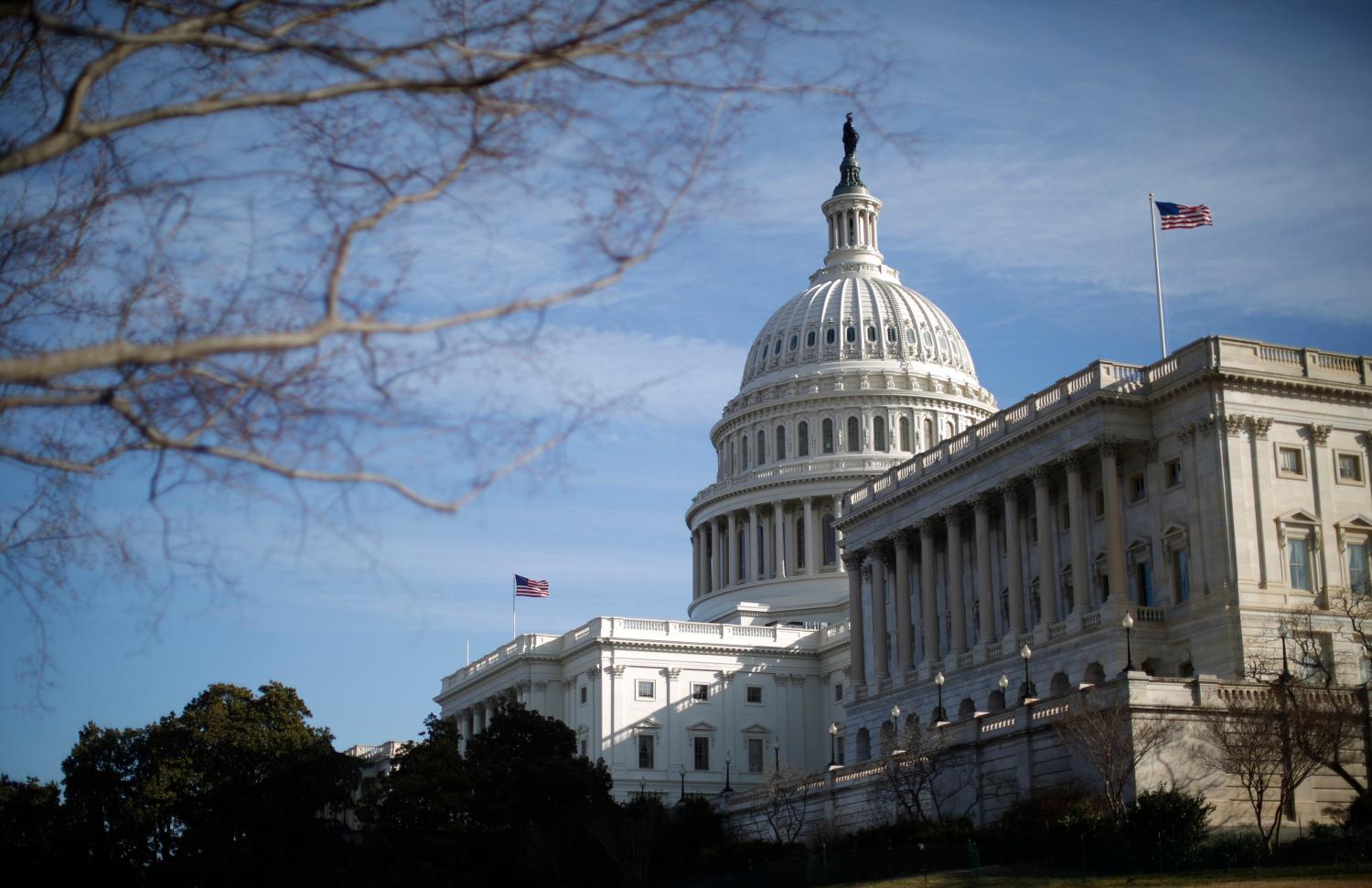Summarizing the lessons learned from the five-year Brookings Project on Institutional Reform, this paper explores how governmental institutional innovation takes place and why such change is important to public policy and democracy. The principal focus of this report is on the kind of change that leads to the creation of new institutions rather than to the reform of existing ones.
First, William Galston and Elizabeth McElvein initially examine the nature of institutions and why reforming them is so difficult. They then analyze how institutional innovation can happen, honing in on “acute” vs. “incubated” innovations. Acute innovations, they write, tend to occur quickly; they are dominated by individuals who are close to the locus of decision-making; the generation of alternatives takes place within the decision-making process, not prior to it; and the level of partisan conflict is relatively low. Incubated innovations take place slowly, frequently over many years. Because of this long march from private research to public visibility, these innovations tend to get caught up in partisan politics.
Galston and McElvein examine the following case studies of institutional reform:
- The creation of the Federal Deposit Insurance Corporation (FDIC) is a classic example of institutional innovation undertaken under extreme pressure—the threatened collapse of the nation’s entire banking system.
- The creation of the Department of Homeland Security (DHS) represents a good example of “acute” institutional innovation undertaken in the shadow of catastrophe.
- The creation of the Environmental Protection Agency (EPA) represents an incubated institutional innovation.
- The founding of the Congressional Budget Office.
- The creation of Federal Reserve System (FRS) is an intermediate case that stands between the rapid, crisis-driven, consensual adoption of the FDIC and the much slower, bottom-up process that preceded the EPA.
- The National Security Act of 1947 – that established the post-war institutional architecture for intelligence, the military services, and national security policy-making—responded to persistent problems.
There is no single road to success for acute government innovations, Galston and McElvein conclude. Some reforms respond to acute problems at moments of crisis, while others seize windows of opportunity to address persistent problems. Some reflect the pressure of public opinion, while others are driven by consortia of insider experts and elected officials. And while every reform requires leadership, the locus of that leadership varies widely, from social movements and the private sector to the executive branch and Congress. Despite these variations, one fact remains immutable: the default setting of every form of government—and especially a constitutional republic with divided powers—is the status quo. Overcoming resistance and simple inertia is hard, all the more so because what is exists is real and familiar while the proposed change is imagined and novel, unfamiliar and therefore threatening. Although the details vary, it always takes energy and sustained commitment to move the status quo.
There is much variation for incubated institutional change, they find. Some new institutions—such as the CBO and the EPA— function well because their founding leaders define their mission and mode of operations in ways that make sense internally while building trust externally. Some succeed because their relatively narrow original mission persists unchanged for decades, as was the case with the FDIC. Other successful innovations begin with broader, vaguer missions but are flexible enough to shift with changes of leadership and circumstances. In its early decades, for example, the NSC reflected the differing operating styles of successive presidents as well as varying levels of presidential trust in the departments of State and Defense and in the intelligence agencies.
As these case studies show, Galston and McElvein argue, governing by crisis is expensive. Our inability to preempt failures of intelligence and financial oversight imposed costs measured in trillions of dollars for which we and future generations will pay. Looking forward, if we cannot figure out how to finance the maintenance and modernization of our infrastructure, efficiency and productivity will slow, and bridge and dam collapses will become increasingly regular.
The Brookings Institution is committed to quality, independence, and impact.
We are supported by a diverse array of funders. In line with our values and policies, each Brookings publication represents the sole views of its author(s).





